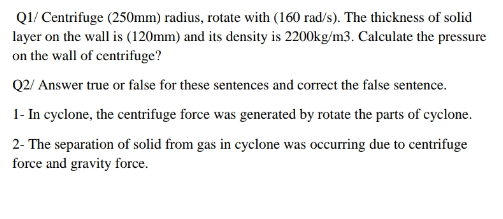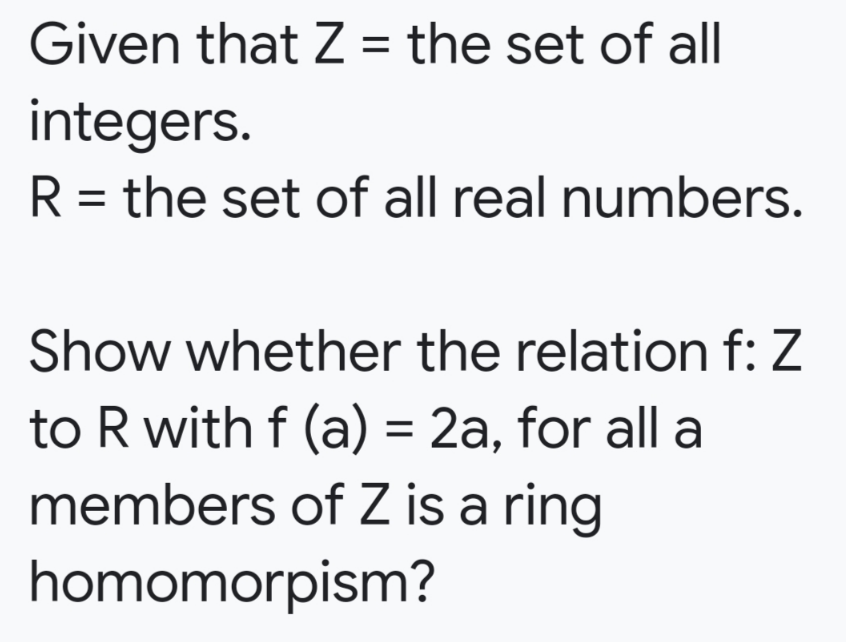
AllQuestion and Answers: Page 770
Question Number 142461 Answers: 2 Comments: 1

Question Number 142447 Answers: 2 Comments: 1

Question Number 142438 Answers: 1 Comments: 0
Question Number 142437 Answers: 1 Comments: 0

Question Number 142435 Answers: 0 Comments: 1

Question Number 142430 Answers: 2 Comments: 0
Question Number 142429 Answers: 1 Comments: 0
Question Number 142426 Answers: 1 Comments: 0
Question Number 142425 Answers: 1 Comments: 0
Question Number 142424 Answers: 0 Comments: 0
Question Number 142423 Answers: 0 Comments: 0
Question Number 142420 Answers: 0 Comments: 0

Question Number 142415 Answers: 1 Comments: 0
Question Number 142414 Answers: 1 Comments: 2
Question Number 142408 Answers: 1 Comments: 1

Question Number 142404 Answers: 2 Comments: 1

Question Number 142401 Answers: 1 Comments: 1

Question Number 142395 Answers: 0 Comments: 0

Question Number 142397 Answers: 0 Comments: 0

Question Number 142393 Answers: 1 Comments: 0
Question Number 142389 Answers: 1 Comments: 0
Question Number 142388 Answers: 1 Comments: 0
Question Number 142383 Answers: 1 Comments: 1

Question Number 142379 Answers: 0 Comments: 1
Question Number 142365 Answers: 1 Comments: 0
Question Number 142362 Answers: 1 Comments: 0
Pg 765 Pg 766 Pg 767 Pg 768 Pg 769 Pg 770 Pg 771 Pg 772 Pg 773 Pg 774
